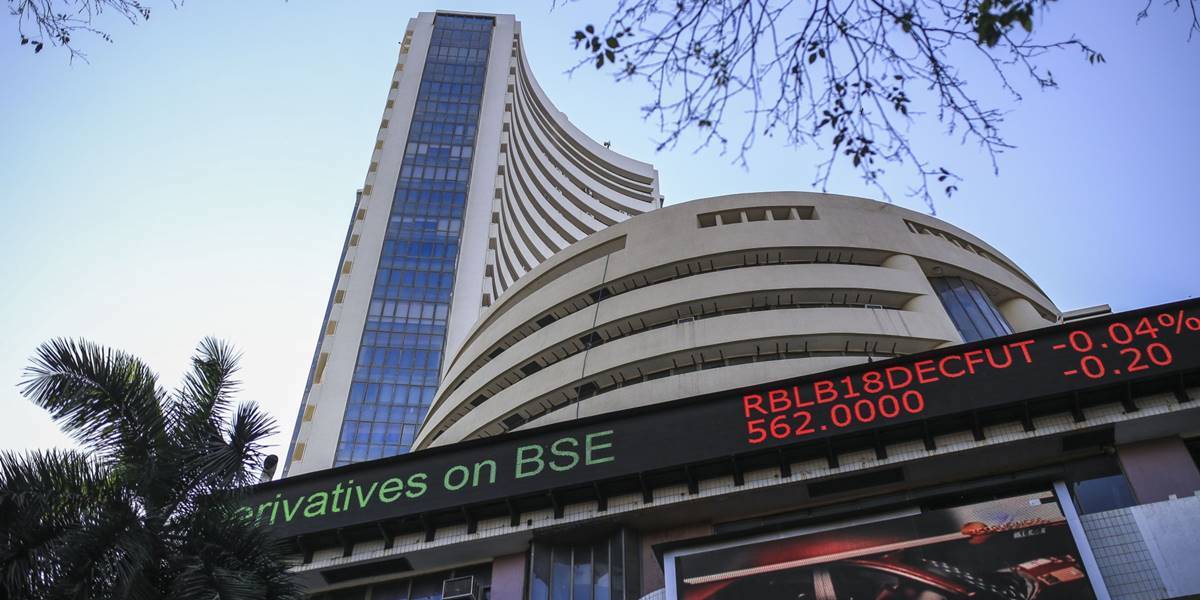When the global health crisis hit us in March govts around the world ordered lockdowns. This resulted in a slowdown of business activity and a massive slowdown in the velocity of money.
As a result govts and central banks stepped in, looked into their tool box and decided to use the 2008-2009 playbook. What they did essentially is resort to emergency rate cuts & infuse trillions of dollars of liquidity through quantitative easing. This results in an environment where you systematically weaken currency & juice asset prices.
In March during the lockdown when we had the velocity of money crisis we saw all asset prices drop. In fact the correction between most asset classes was close to almost 1. As soon as govts stepped in with the rate cuts and the quantitative easing policies, you then had everything immediately turn and go back up aggressively. This flooding of cheap capital resulted in stocks, gold & bitcoin for example climbing back to their all time highs.
The key thing to understand here is what’s occurring structurally. Trillions of dollars are being pumped into economies and interest rates are close to zero. As we know from history this is going to weaken currencies. This in-turn will result in inflation and an increase in asset prices. When this occurs the bottom 40% of people in the socioeconomic ladder experience much higher inflation than the average. The second important point is that when currencies continue to be devalued, asset prices will rise to for them to be able to match purchasing power. What this essentially means is that holding a bunch of cash at times like these could result in having your wealth stolen from you and holding assets could mean retaining purchasing power.
The way this system has been structured (since the abandoning of the gold standard monetary system & accentuated during the global financial crisis in 2008) is that it rewards investors who hold assets and punishes savers who hold cash. And this could get more aggressive in the coming years.
What we know for sure from a high macro level is that firstly innovation leads to returns. The second thing is the advantage of investing behind demographics. Apart from companies that look to innovate we have many companies that operate in markets that can help them use advantages of demographic growth. India for example has a massive population. A lot of this population is very young there is a lot of internet penetration going on. This obviously will result in a massive domestic market & lead to a lot of value creation that companies will look to facilitate and take advantage of.

